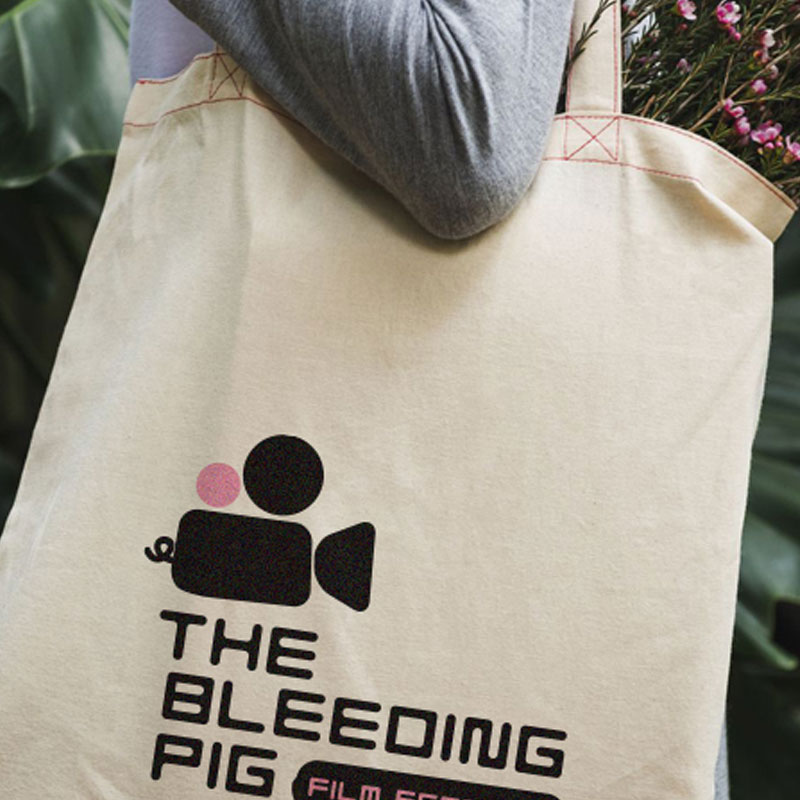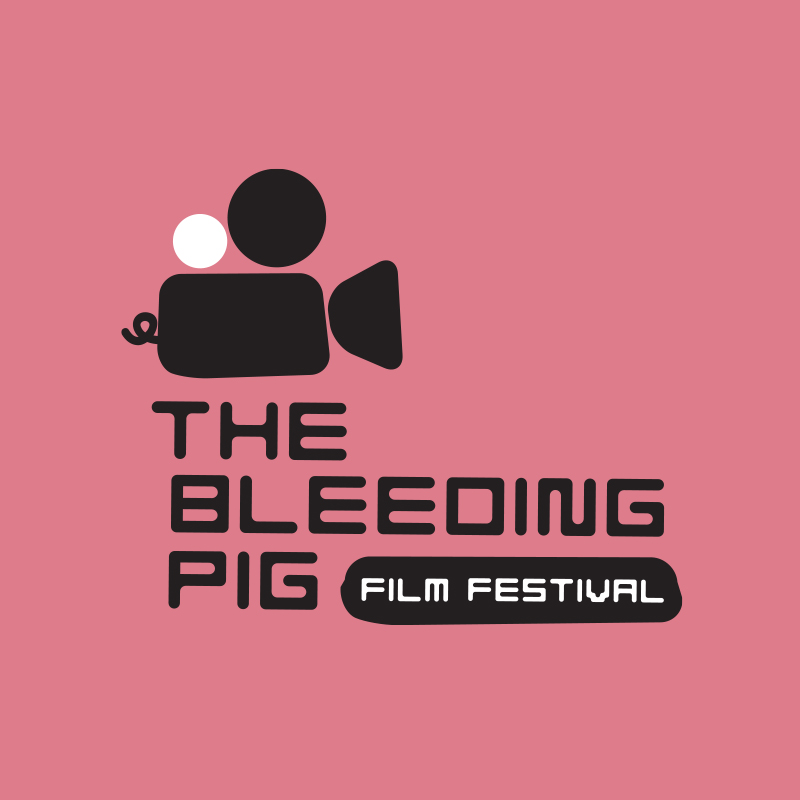Branding
Why Independent Film & Cultural Storytelling Matters
Bleeding Pig Film Festival
Reimagining what independent creativity looks like.


Design, art, film, culture—they’re not just entertainment. They shape how communities see themselves, how outsiders understand them, and how stories that need telling find their audience. In places like Donabate-Portrane and beyond, Bleeding Pig isn’t only about screening films—it’s about creating a space for connection, for discovery, for voices that often go unheard. Good design, whether visual identity or web UX, can either amplify those voices or drown them out. That’s why every detail we crafted—branding, website, materials—was designed intentionally to serve inclusion, authenticity, and creative courage.
Background
Bleeding Pig Film Festival is more than a local film event. It’s a gathering of story, culture, performance, art, and community. You asked us to build a brand that was bold enough to hold big ideas, but approachable enough for every neighbour, artist, film-lover, and newcomer to feel welcome. The identity we created needed to reflect this tension: powerful stories resting in familiar places; experimental cinema alongside family-friendly events; global relevance rooted in local heart.
Approach
In designing the Bleeding Pig brand, we leaned into warm tones, expressive typography, and visuals that speak of both place and possibility. The website was structured so that discovering what’s on — film screenings, performance, workshops — is intuitive, inviting. Supporting materials (posters, social graphics, printed programmes) carry the same language: contrast, clarity, and personality that respect both visual impact and readability. Every piece was built with limited cognitive load, clean hierarchies, and intentional navigation so people can focus on story and experience—not wrestling with confusing design.
Scope
-
A logo & visual identity system that holds tension between play and seriousness: honest, expressive, yet polished
-
Brand guideline documentation to ensure consistency across events, prints, and digital platforms
-
A website built for discovery: clear program flows, easy access to tickets, responsive layouts, and a user journey that lets creativity shine without overwhelm
-
Supporting materials (posters, flyers, social assets, festival programme) designed to be strong in image, strong in voice, adaptable across print & online
-
Practical Design Considerations for Story-Driven Festivals
Practical Design Considerations for Story-Driven Festivals
Designing for festivals isn’t just about looking good—it’s about inviting people in, making the edges soft so they feel welcome, and pushing enough so stories land with impact. This means using colour palettes that give energy but avoid clashing; typography that is legible in all contexts—large banners as well as mobile screens; layout structures that guide rather than disorient; and content hierarchy that lets schedules, film descriptions, and artist statements breathe.
Language should be clear, evocative, and accessible—balancing artistry with understandability. Any interactive or moving elements (animations, video previews, etc.) should enhance—not distract—and always have fallback options. And perhaps most importantly: this is a design process that listens—feedback from audiences, from filmmakers, from volunteers—and evolves festival to festival.
© Wiley Design 2016 - 2025 | Dublin K36 RC41 | Let's chat